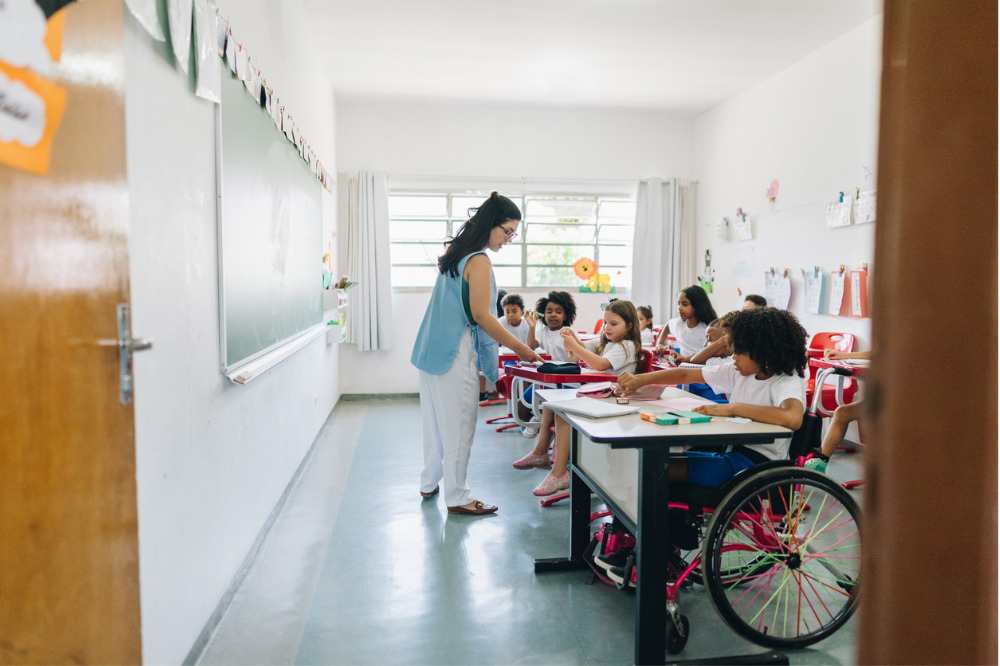
Governments are failing to deliver the funding public schools need to educate growing numbers of students with disabilities, new research shows.
The Australian Education Union’s (AEU) State of our Schools survey found nine out of ten principals say their school is under-resourced to support students with a disability.
Meanwhile, a staggering 89% of principals are shifting funding from other areas of their over-stretched budget to try and pay for the assistance students with disabilities need because they don’t get enough dedicated funding from governments.
AEU federal president, Correna Haythorpe said the ramifications of public school underfunding are "enormous" for principals, teachers and students with disability.
“Governments talk a lot about a fully inclusionary education environment, but they haven’t been prepared to fund public schools to provide it," Haythorpe told The Educator.
“Families with children with disability need to be able to know they can walk through the door of any public school and there will be the teachers and staff with the time, expertise and resources to meet their needs."
The AEU has been ramping up its national campaign calling for full funding of all Australian public schools, which the union says will help close the achievement and wellbeing gap between the nation’s wealthiest and most vulnerable students.
“We need new agreements between the Albanese Government and every state and territory government this year that resource public schools at 100% of the Schooling Resource Standard.”
Matthew Johnson, president of the Australian Special Education Principals Association said the discrepancy between funding levels for students with disabilities in private and public schools highlights a significant inequity.
“Wealthy private schools receiving up to six times more funding than public schools for students with similar needs undermines the goal of a fair and inclusive education system,” Johnson told The Educator.
“The inconsistencies between the states and territories in how funding is distributed to public schools – particularly when it comes to supporting students with disabilities – breeds confusion and makes it difficult for principals and schools to effectively plan and allocate resources to where they're needed most.”
Johnson said the reality that a significant number of students in public schools do not receive adequate financial support indicates that more needs to be done at the policy level.
“For ASEPA, this is a call to action to advocate for more equitable funding mechanisms, ensuring all students with disabilities have the resources necessary for their success,” he said.
“The current system, where each state has its own methodology for distributing funding, results in varying levels of support for students with disabilities.”


